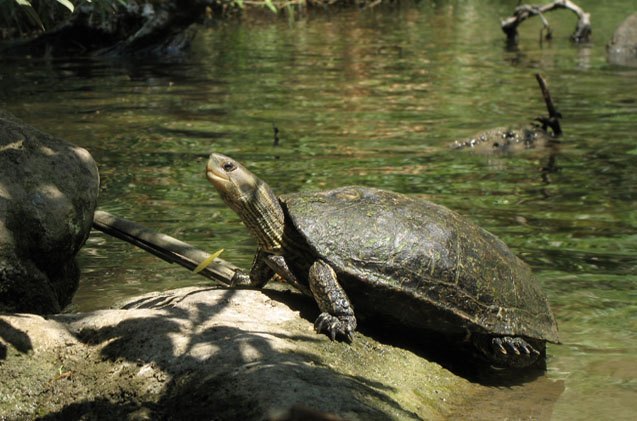934 Views
Caspian Pond Turtle

by
Lisa Selvaggio
(IC: )
Published: September 20th, 2016

About Caspian Pond Turtle
Size
Small
Lifespan
40+ years
Difficulty Of Care
Low
Comparable Breeds
European Pond Turtle
Food
Pelleted commercial diet, greens, insects, fish, worms
Type
Semi-aquatic turtles
Length
7-10"
Caspian Pond Turtle General Info
The Caspian Pond Turtle is found in many different countries. For example, these animals have habitat throughout Saudi Arabia, Israel, Iran, Eastern Europe, Turkey, Crete, Cypress, Yugoslavia, and Bulgaria, as a few examples.
To house a Caspian Pond Turtle, you will need a 75-gallon tank, as a minimum, for an adult. A koi pond or a commercial turtle tub would be even better. If you are planning on housing more than one Caspian Pond Turtle in a single tank, however, it should be a 90-gallon aquarium for a pair of turtles. For each additional turtle, you need to have an extra 40 gallons available in the tank.

Lisa Selvaggio
Lisa Selvaggio is a freelance writer and editor, and our resident cats-pert, with certifications in pet nutrition and pet first aid. She enjoys producing content that helps people understand animals better so they can give their pets a safe and happy home.
More by Lisa Selvaggio
Published September 20th, 2016 12:00 AM

























